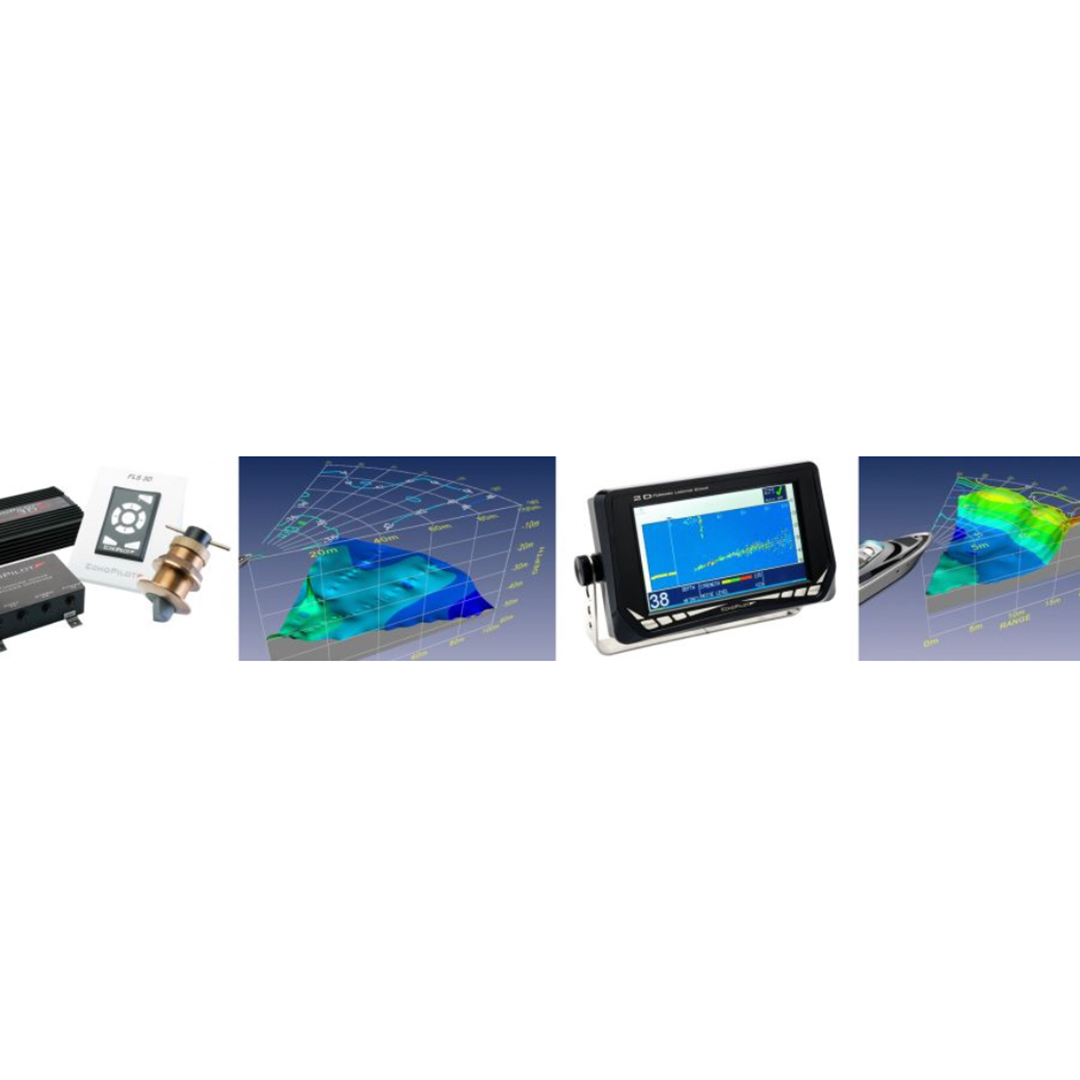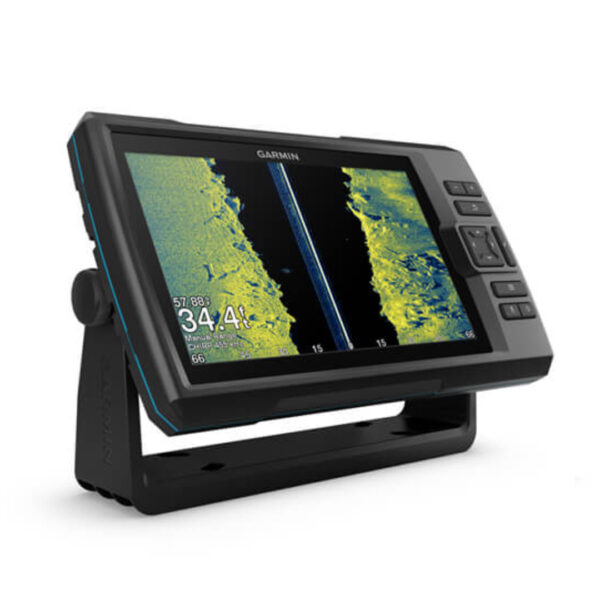Ocean Master 630 WA
En yeni nesil Oceanmaster 630WA, iyi bir ekonomi ve sürüş konforu sağlayan, performanslı bir gövde tasarımına sahip, 21 fitlik bir orta konsol aile günlük teknesidir. 150HP’ye varan güç seçenekleriyle müthiş bir performans sunar. 8,5 ft genişliğe sahiptir ve 8 yetişkin için konforlu oturma yeri ile sınıfındaki diğer teknelerden önemli ölçüde daha fazla güverte alanı sağlar. Derin, yüksek kenarlı bir kokpit ve yüksek borda, gemidekilere güvenli bir kuru sürüş sağlar.
Kolayca geniş bir güneşlenme güvertesine dönüşen ön yemek alanı, tamamen ayarlanabilir çift dümen destekli koltuklar. Opsiyonel entegre içecek soğutucusu, marin barbeküsü, tatlı su kıç yatırması duşu, hatırı sayılır depolama alanı veya ara sıra geceleme olanakları sunan çok kullanışlı cuddy kabininde deniz tuvaleti. Yetenekli bir açık deniz maceracısı ama aynı şekilde evinde kayakçıları çekiyor, balığa çıkıyor veya tembel bir öğleden sonra için demir atıyor. 2013 için yeni Oceanmaster 630WA – tüm ailenin keyfini çıkarabileceği yaratık konforlarıyla en üst düzeyde çok yönlülük ve pratiklik…
Technical specifications;
Length: 21ft / Length: 630cm
Width: 250cm
Draft: 28cm
Min – Max HP.: 90-150HP
Weight: 800kgs
Seats: 8
CE Category “C”
Standard Fittings;
Manual bilge pump
Automatic bilge pump
175 litre fuel tank
Navigation lights
Sports steering wheel
Full engine instrumentation
Complete set of onboard cushions
Bow in-fill cushion
Bow dining table
Cabin mattress
Bathing ladder
Cabin lighting
Cabin window (opening)
Bow rails
Bathing ladder
Optional Extras;
Hydraulic steering
Teak deck to cockpit sole
Transom Shower
Chemical Toilet or sea toilet & tank
Fridge / Refrigerated drinks drawer
Bimini Top
Console Cover
Tonneau cover
Mooring cover
Winter cover
Marine Radio/Cd/Ipod dock with waterproof speakers.
SBS galvanised steel braked trailer
Product code: STK0372
Garmin Echopilot FLS 3D Echo Sounder
Conventional echo sounders only relay the depth directly beneath the transducer, which is fine for general passage making, but not so good when feeling your way into an unfamiliar harbour, especially at night. Hampshire-based Echopilot was the first company to pioneer affordable equipment that could actually see ahead of the craft, even at comparatively high speed. After the success of its monochrome 2D forward looking sounder, launched in 1992, the company recently developed the full colour 3D version, gradually refining the software to the standard we were able to see in action in late 2012. The 3D FLS is a relatively chunky piece of ‘black box’ hardware the size of a small tower PC laid flat, and is fed by two transducers, one on each side of the keel. These throw angled beams ahead of the boat, and allow the advanced processor to build up a three-dimensional graphic to 30° each side of the bow, and up to 150m ahead. This shows the yachtsman any escape channels to port or starboard. The software has also been programmed to colour code the contours, with a graduated key down the side. Red means danger, orange and yellow means shallow, while green and blue mean deep. At the time of writing, Echopilot was updating the software to give a more variable view of the seabed, expanding on the seagull’s-eye view default. The processor’s video output can be viewed on any colour LCD screen, and also on a wide range of multi-function devices (MFDs) from the likes of Raymarine, Furuno and Navico. These usually have inputs for composite, VGA or S video. Echopilot rigourously tests everything its small factory produces by taking the hardware to sea, and to a notoriously deep trench in the Solent off Yarmouth. We were invited to join company directors Mike and Susan Philips on the company motorboat, a classic Nelson 42, to witness an average day of product testing. Although the transducers are quite large, and handed for port and starboard, they are easy to remove for checking. With a practiced twist and pull, only a small amount of water entered the bilge as Mike changed over the first of the drainpipe-sized transducers. The data cables (as long as you need) go from each sender to a data interface box, and from there to the 3DFLS inputs. Once over the trench, and in turbulent water up to 30m deep, we were able to see the sonar in action. The returns can often show the outlines of wrecks, but are not precise enough to pick out any detail, although they can sometimes reveal the curve of a buoys anchor chain. The data is refreshed every second, even at planing speed. The next test was to feel our way into Keyhaven harbour, a twisting, partially drying inlet surrounded by marshes and mudflats. With the range deliberately reduced to 40m, the 3D FLS gave a very clear representation of the 60 degree sweep ahead, although the refresh rate meant there was a slight jump in the view as we made our turns.






















